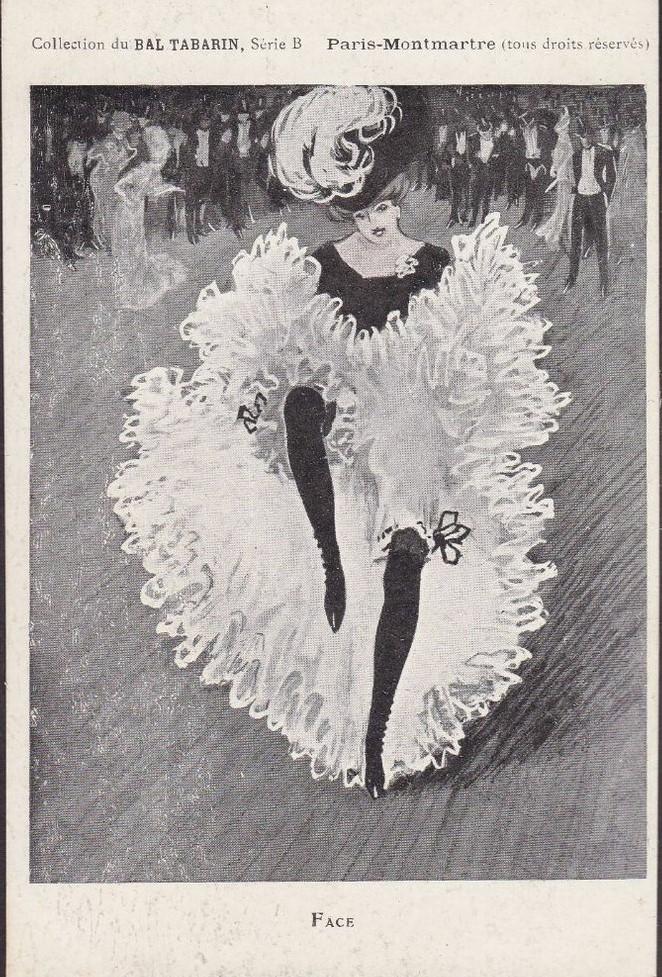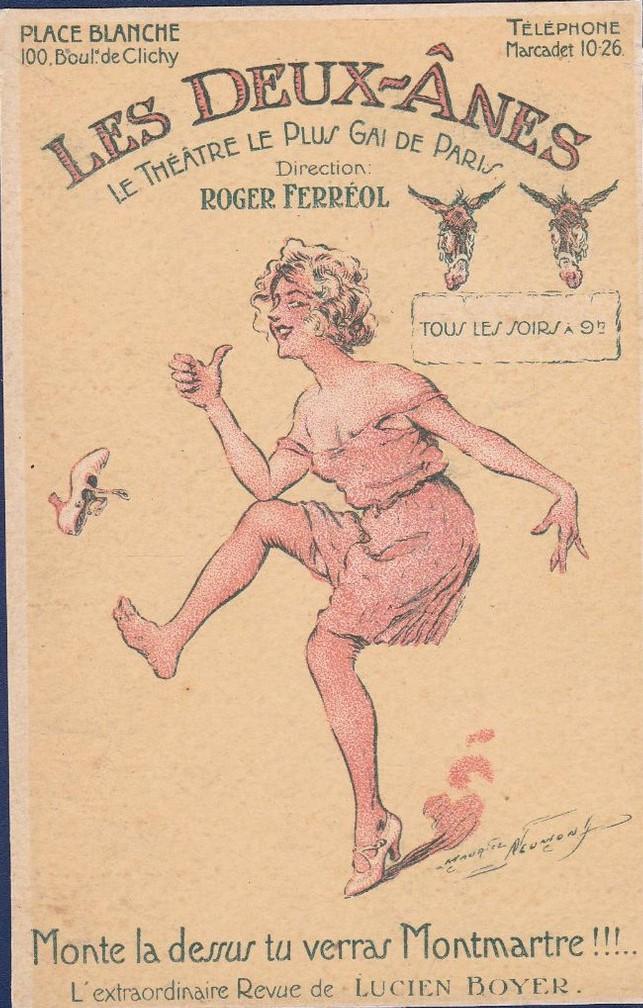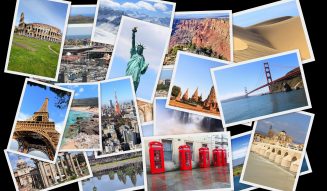A cabaret show for postcard lovers!
One topic that postcard enthusiasts can explore is postcard advertising. I won't go into the fact that the evolution of morality has made some old advertising completely ‘politically incorrect’ - that will be the subject of another article in due course!
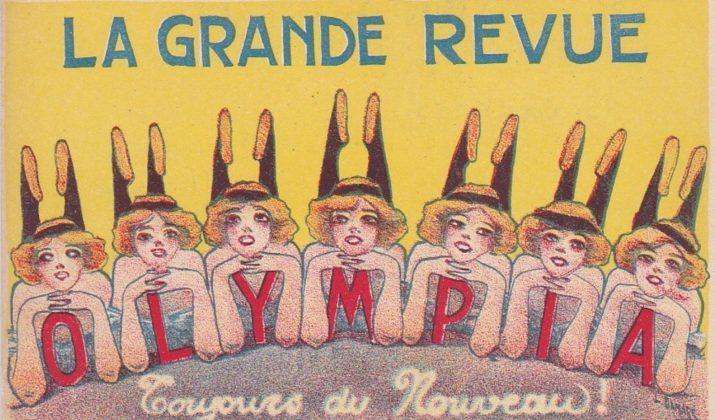
Tonight, I invite you to put on your dinner jackets and long dresses for a cabaret night out in Paris! Yes, some places have been offering an exceptional burlesque show for over 100 years!.
Coming from the Old French ‘cambret’, the term ‘cabaret’ refers to a small room. Nothing to do with today’s Moulin Rouge! This type of show began in the City of Light, in Paris, on the hill of Montmartre. The first cabaret to make history was the Chat Noir in 1881. In a small, crowded room, spectators were eager to admire the acts while enjoying good food and a glass of wine!p>
Other cabarets began to open, including the famous Folies Bergères, still in existence today, in 1886.
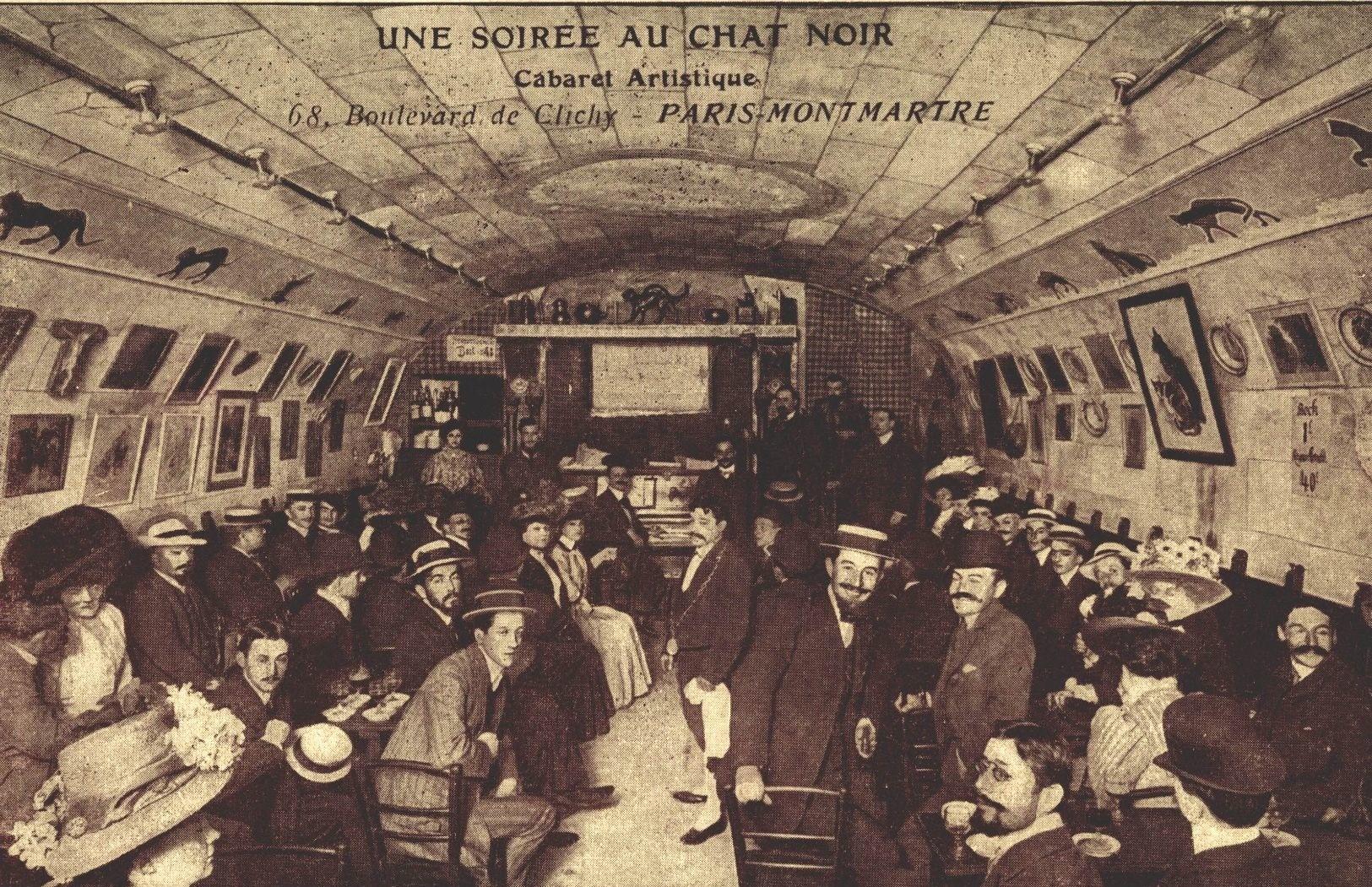
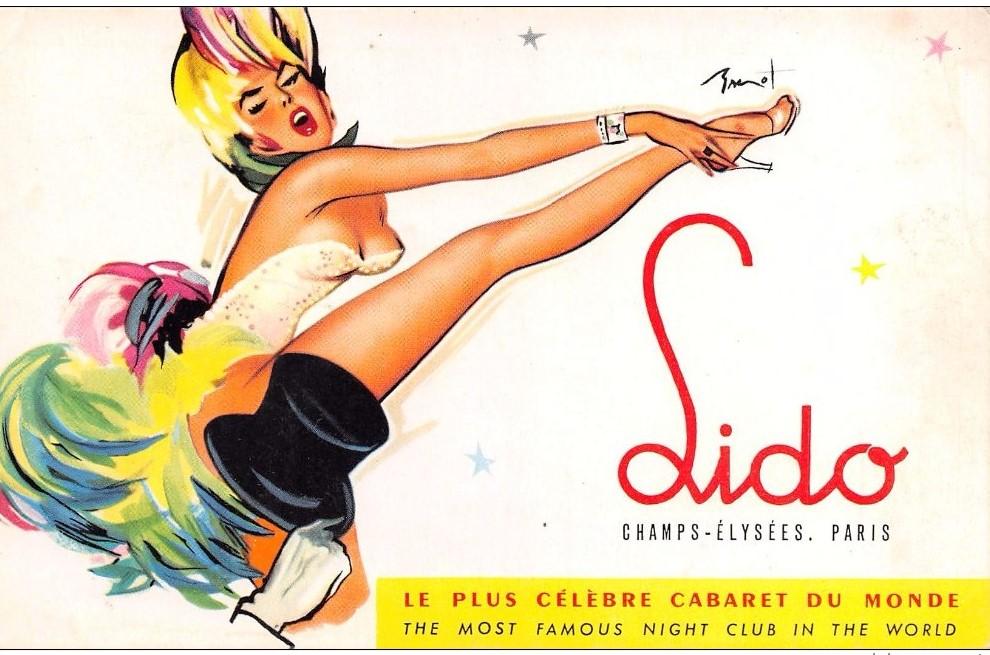
The history of the cabaret took a turn for the better when the Moulin Rouge opened in Montmartre in 1889, the year of the Paris Universal Exhibition. It was here that the famous French Cancan dancers were to be found. Four years later, its founder, Joseph Oller, opened one of Paris’s biggest theatres, the Olympia.
In 1898, the ‘Fantaisies Parisiennes’, which later became ‘la Gaîté’ and then the nouvelle Eve, were added to the list and still amaze Parisians and other tourists who love cabaret shows.
It was not until 1946 that the Lido arrived with even more naked women. But alongside these very famous names, other smaller cabarets used postcards to promote their establishments.
The list is far from exhaustive, but you’ll find a few postcards in this article.
The Bal Tabarin was a popular venue between 1904 and 1953. It played host to great artists such as Joséphine Baker, Django Rheinardt and Zizi Jeanmaire and her song “mon truc en plumes”! Bought out by the Moulin Rouge, the cabaret fell into disuse and was finally demolished in 1966, to be replaced by a block of flats.
The Aristide Bruant cabaret, named after the husky-voiced artist who hosted it, welcomed the public every night, and particularly on Friday nights for the chic and much more expensive evening than the others. In the former headquarters of Le Chat Noir, you had the chance to listen to the great Aristide Bruant sing and be insulted by him, who had made it his trademark! Opened at the end of the 19th century, the Mirliton (which was the official name of the cabaret) was run by Aristide Bruant for 8 years, making the artist immortalised by the great Toulouse-Lautrec famous.
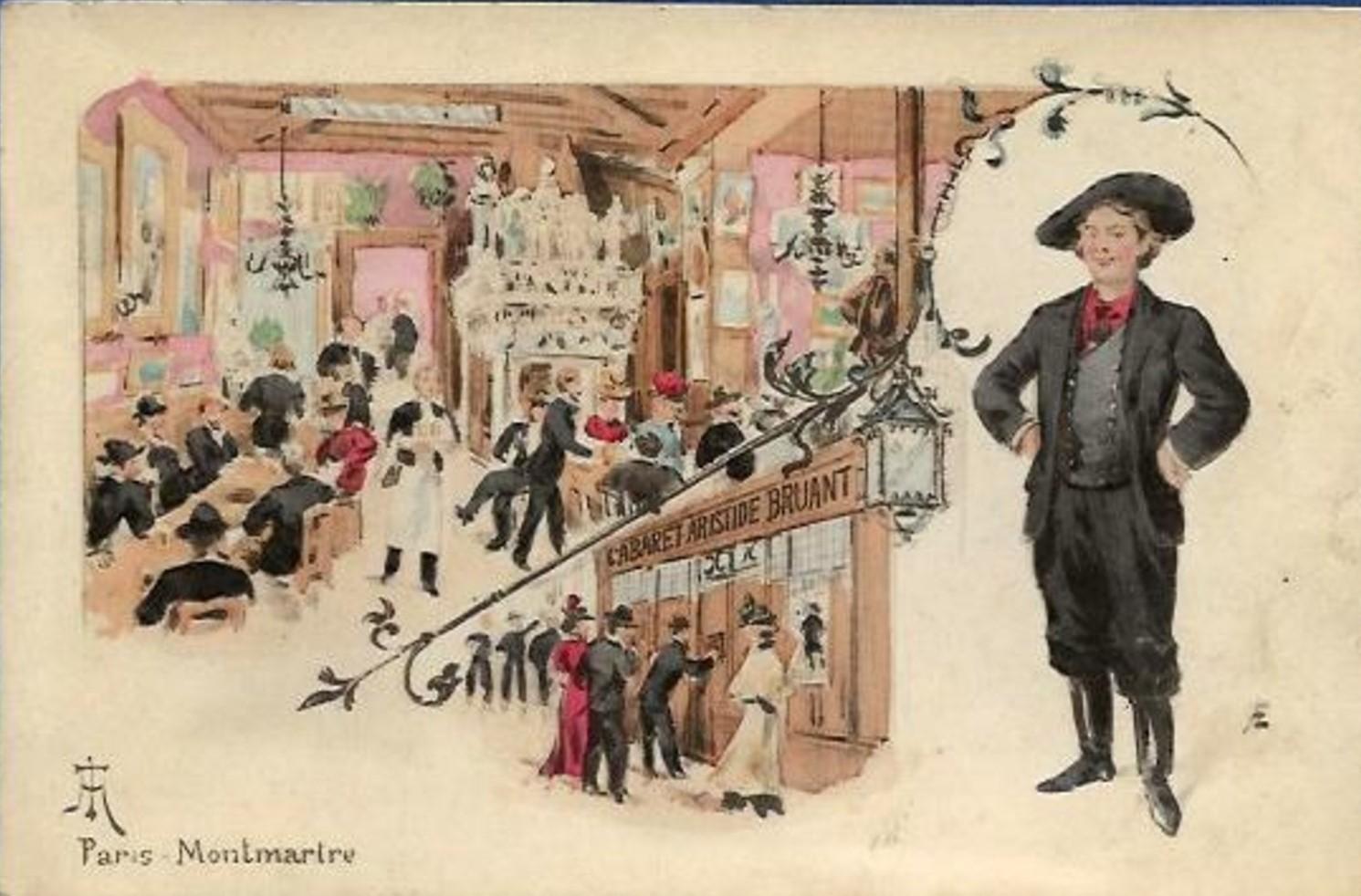
Les Deux Ânes was founded by self-proclamation of the two directors, who took over a venue that had already been used as a theatre under the name of La truie qui file, but which had not been a success. André Dalh said, ‘To find nothing, we must be donkeys!’ when looking for a new name for the cabaret, and it was found! Originally a cabaret, the two donkeys are now a much-loved theatre in Paris.
The list is far from exhaustive – Paris is full of theatres! I just hope that this topic will evoke some nostalgia for cabarets and inspire you to discover the advertising postcards, of which there are many on www.delcampe.net, the collectors’ marketplace.

